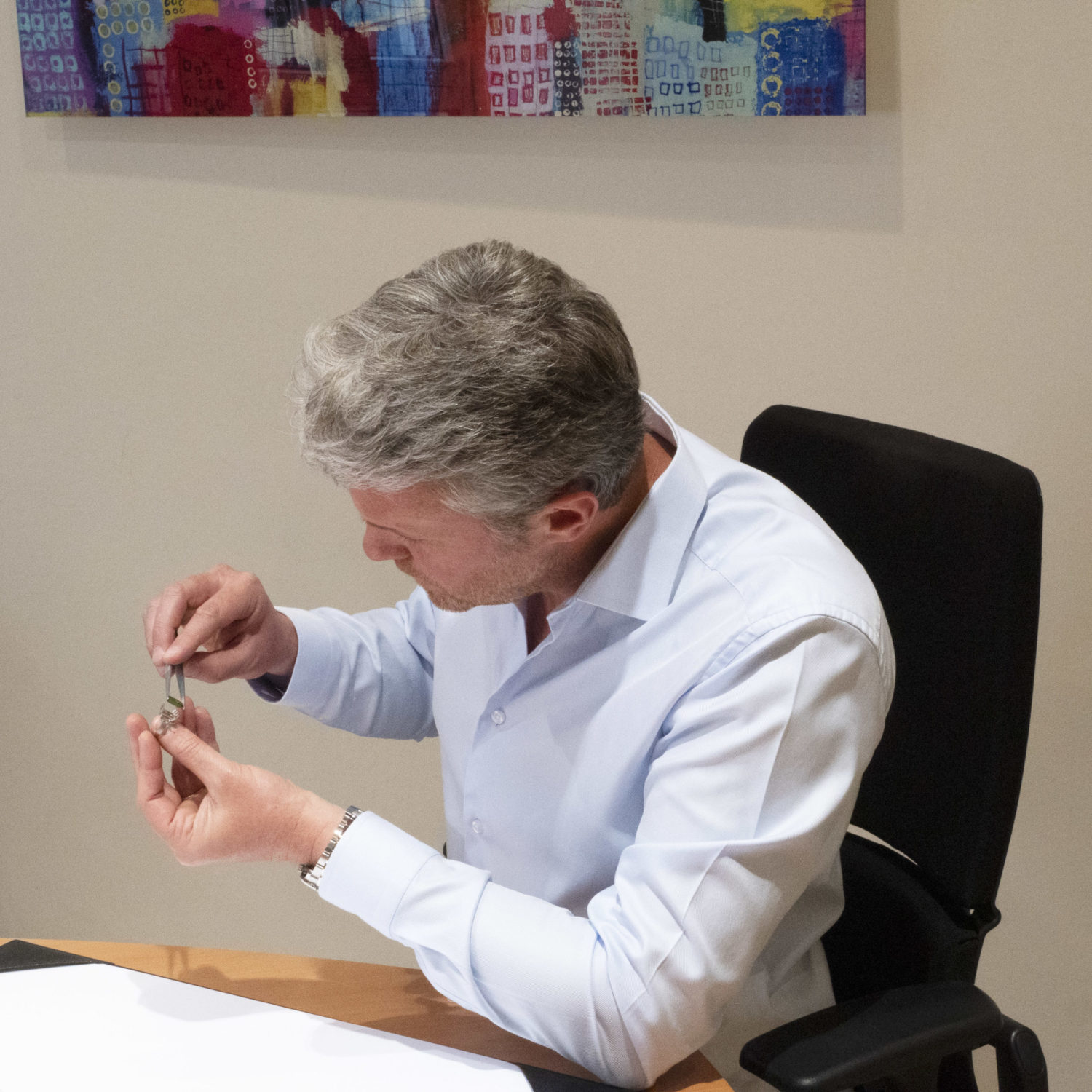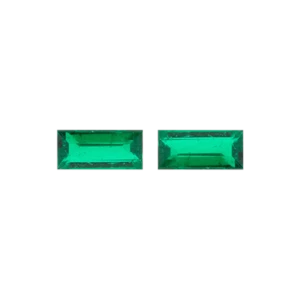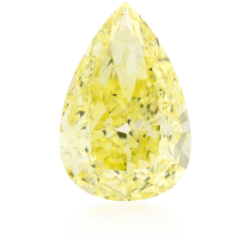Emerald
The name emerald comes from the Greek “smaragdos”, which means green stone. Considered to be the “mother of stones”, the emerald is green.
Emerald generalities
Emerald, from Latin, smaragdus means “heart of stone”. This green colored stone is one of the four precious stones along with ruby, sapphire and diamond. It is a mineral that belongs to the beryl family. With a wide variety of tints depending on its origin, emerald is a very rare gemstone.
It has many inclusions, which makes it highly fragile. Symbol of renewal, spring and hope, emerald has always been a dream. It is the birthstone of people born in May. Also find out how to offer this stone for the emerald wedding anniversary.
First historical traces of the emerald
We find the first traces of the famous green gemstone in Ancient Egypt. Mines near the Red Sea, now drained, produced emeralds used by the Egyptians to make jewelry for queens and pharaohs. If a few years ago the mines of Colombia were full of these extremely prized blue-tinted green beryls, nowadays the most beautiful stones come from deposits located in Zambia, Zimbabwe and Brazil, the world’s largest producer of emeralds.
Belonging to the group of Silicates, emerald is a variant of beryl. But the emerald is distinguished by its green color. This color comes from the presence of chromium, vanadium and iron in its composition. In fact, the emerald colors vary between yellowish green and blue green. On the Mohs scale, its hardness is 7.5 to 8.

Emerald weight and carat
The unit of measure for the weight of gemstones is the carat. A 1 carat emerald weighs 0.20 g and so 1 g gives 5 carats of emerald. The carat weight of an emerald is a very precise measurement that will determine its price: the heavier a stone is in carat, the higher its price (for equal quality).
Emerald has a lower density than the other three gemstones. This ranges from 2.67 to 2.78, while for comparison, a diamond will have a density of 3.52 on average. At equal weight, the green gem will therefore visually appear larger.
The emerald: a stone well-known for its intense color
The second criterion is the green color of the gem. The criteria of hue (color), saturation (intensity) and value (brightness) are taken into account. The color of an emerald varies from pale green with yellow highlights to a deep, slightly bluish green. This criterion is subjective, but generally intense tones are the most sought after. However, clear emeralds often have a lot of sparkle and shine.
Purity
Regardless of their quality, all emeralds have inclusions that are poetically called the “garden” or “frost”. These white frosts are one of the characteristics of the green gemstone. They make it possible to determine its origin.
Certain types of imperfections can be valued and crazily sought after by collectors. In higher quality gems, flaws are almost invisible to the naked eye and allow more light to get into the gem.
Shape and forms
Not everyone is an emerald cutter: only experienced stone cutters can boast of cutting even the most fragile of beryls. Before it was customary to cut this precious stone in a step cut, with a large plate and facets with cut sides to bring out the color: it is the “emerald” cut.
If the pear and the oval have also always been particularly popular shapes for green stone, today there is an increasingly frequent demand for the brilliant shape, that is to say round.
Treatments of the emerald
One of the practices of lapidaries is to soak emeralds in natural fine oil to fill in the inclusions. Thus, the stone gets a better shine. This technique is applied on the majority of emeralds and is considered natural even by the main recognized expert laboratories. It does not change the price of the gem in any way.
But be careful, this technique is not to be confused with filling, a treatment based on colored synthetic resin that is injected into the gem. The resin modifies the color of the gem and denatures it, it is a prohibited technique.
Properties of the emerald
Physical properties
In lithotherapy, emerald helps strengthen the immune system. Therefore, the stone has the power to fight viral diseases such as influenza or angina. It also helps calm the digestive system and purify the liver and pancreas. The emerald preserves the joints and protects the spine. It works on heart problems, which is why it is recommended for convalescents to help them regain their strength. It is a stone known for its invigorating and strengthening properties. People with epilepsy can also benefit from the calming benefits of emerald. On the sight, this stone acts with great efficiency. For example, it can help relieve cataracts. Worn as a jewel, the emerald relieves eye fatigue. This virtue allows the reduction of headaches.
Psychological properties
Its natural and deep green makes emerald a stone of hope. But this mineral is also considered as a source of love and wisdom. The emerald is a real shield to drive away sadness and dark thoughts. It brings ardor, enthusiasm and fervor. The emerald Stone helps to make relationships more harmonious within the family. It also consolidates friendly or romantic relationships with sincerity. It develops a feeling of friendship and mutual understanding. The Emerald also brings great inner peace and calms emotions. It is also effective in boosting memory, developing patience and enhancing honesty. It tends to make people benevolent and tolerant of others.
What is the power of the emerald ?
Center of energy, the heart chakra is located in the sternum between the two back shoulder blades. This is the 4th of the seven chakras. If the heart chakra is unbalanced, it can harbor frustrations. By wearing an Emerald Stone, repressed emotions come out and sincere emotions appear. The heart chakra becomes lighter as it cleanses itself of these negative thoughts. The body harmonizes with the mind and the love of self begins.
Located above the head, the crown or crown chakra is the seventh chakra. It represents wisdom, altruism, self-knowledge and soul awareness. By stimulating the crown chakra, the Emerald helps soothe the nervous system. With an emerald necklace, headaches, migraines and signs of nervousness will gradually decrease. The feeling of a crown chakra in harmony translates into ease with others and oneself. You have no more expectations and live in perfect peace.
How to clean, maintain my emerald?
The emerald requires a lot of delicacy because of its fragility. In order to keep all its shine, the emerald can be regularly oiled with sweet almond or sandalwood. Like ruby, it is strongly discouraged to use chemicals with this type of stone. Likewise, try to avoid excessive temperature variations as much as possible.




